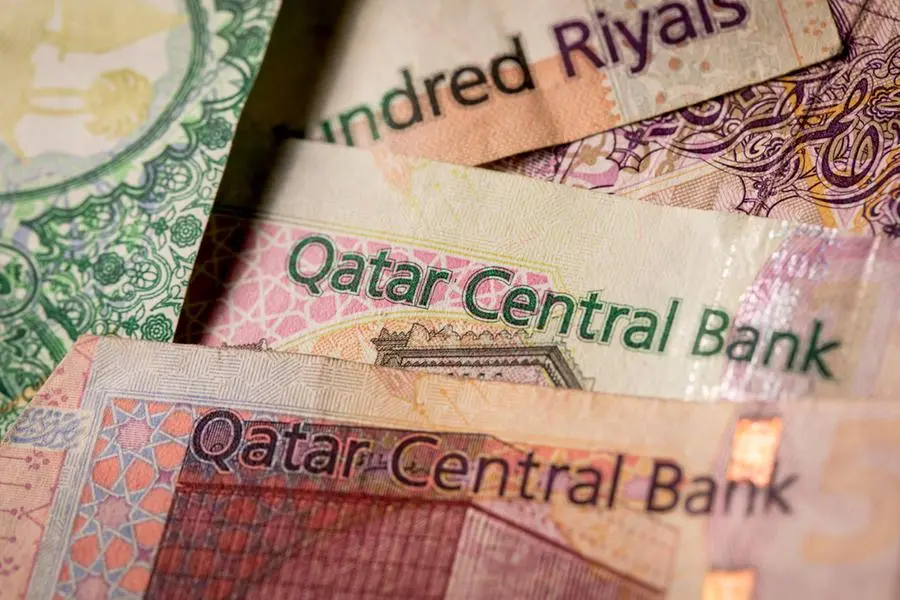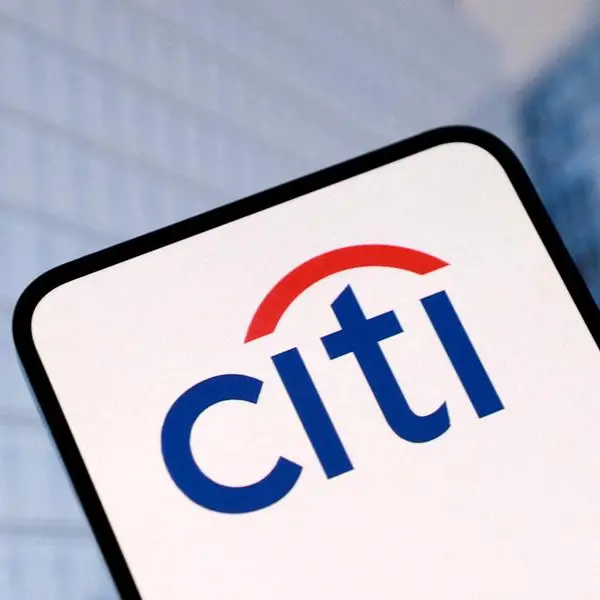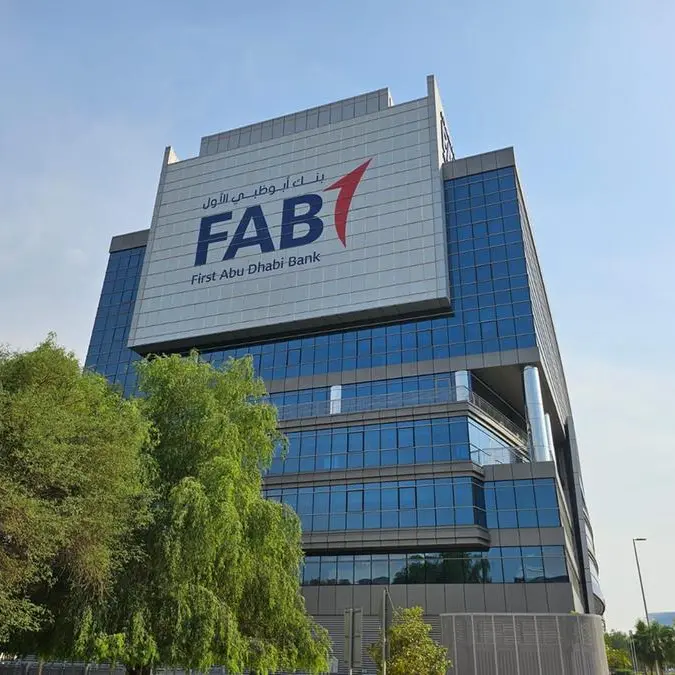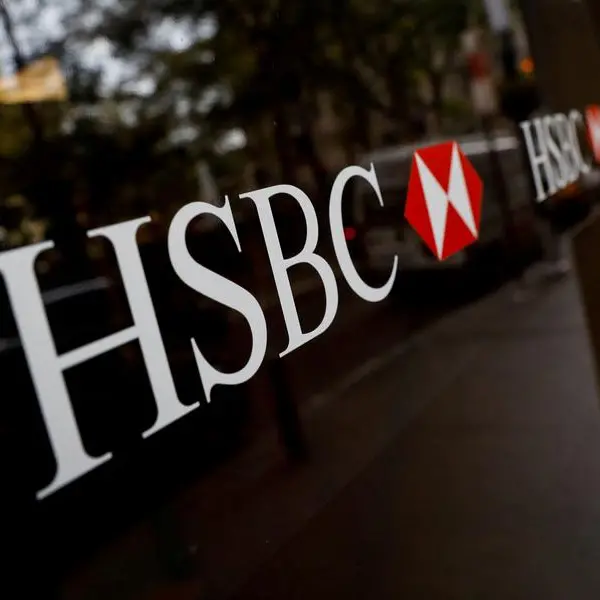PHOTO
Despite an 8% jump in net profit for full-year (FY) 2022, the profitability of Qatar banks was dampened by the rise in loan-loss provisioning charges, said Moody's Investors Service with particular reference to the banks rated by them.
The Qatari banks--Ahli Bank, Doha Bank, Masraf Al Rayan, Qatar International Islamic Bank, Qatar Islamic Bank, Qatar National Bank, the Commercial Bank and Dukhan Bank--reported an aggregate 2022 net profit of 23.4 billion riyals ($6.3 billion).
The banks' provisioning charges increased by 13% during 2022 and consumed around 33.1% of pre-provision income, compared with 35% in 2021 and 20% in 2019. The increase was primarily because of an increase in both stage 2 and 3 loan balances as the banks' domestic operations continued to feel the effects of COVID-19 disruption, the report said.
The ratings agency expects asset quality to weaken modestly as loans continue to migrate from stage 1 to stage 2 and to some extent stage 3 during 2023. The weakening in asset quality will be largely driven by lower economic activity as the number of visitors declines from the peak levels last year following the conclusion of the FIFA World Cup, overcapacity in the Real Estate & services sectors, ongoing issues with contractors and the sharp rise in interest rates.
"We expect the banks' bottom-line profitability to remain broadly stable with some downside risks as a modest increase in operating income will be offset by an increase in provisioning charges, in line with our expectation of asset quality challenges," Moody's said.
The ratings agency expects Qatar's real GDP growth to slow down to 2.2% in 2023 from 3.9% in 2022 after a contraction of 3.6% in 2020 as a result of the pandemic and related decline in oil prices. Economic growth this year will be supported by projects and spending linked to the gradual increase in hydrocarbon production, higher oil prices and modest non-hydrocarbon economic activity. "However, we expect a reduction in tourism activity following the spike in 2022 driven by visitor flows related to the FIFA World Cup."
In 2022, total operating income rose by 17% largely driven by an 18% increase in net interest income, more than offsetting a rise in interest expense as interest rates reversed and started to rise for both loans and deposits.
The rise in net interest income was driven by a higher net interest margin, which rose to 2.3% for 2022 from 2.1% a year earlier.
Growth in operating profit was also supported by an increase in non-interest income, which rose by 11% year-on-year (yoy) and is now higher than pre-pandemic levels.
(Writing by Brinda Darasha; editing by Seban Scaria)





















